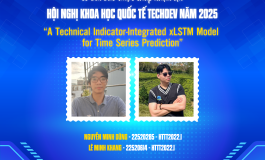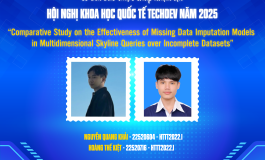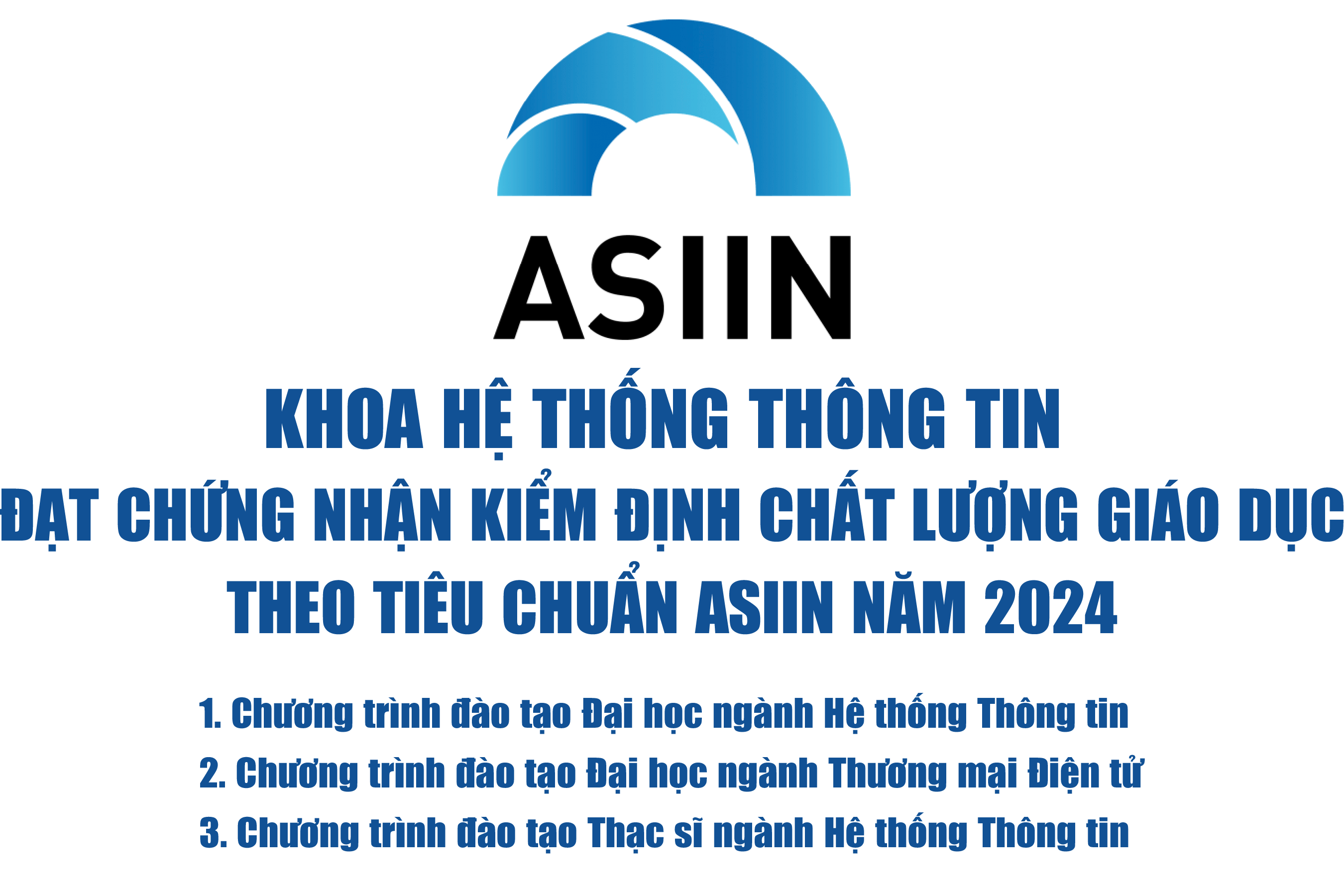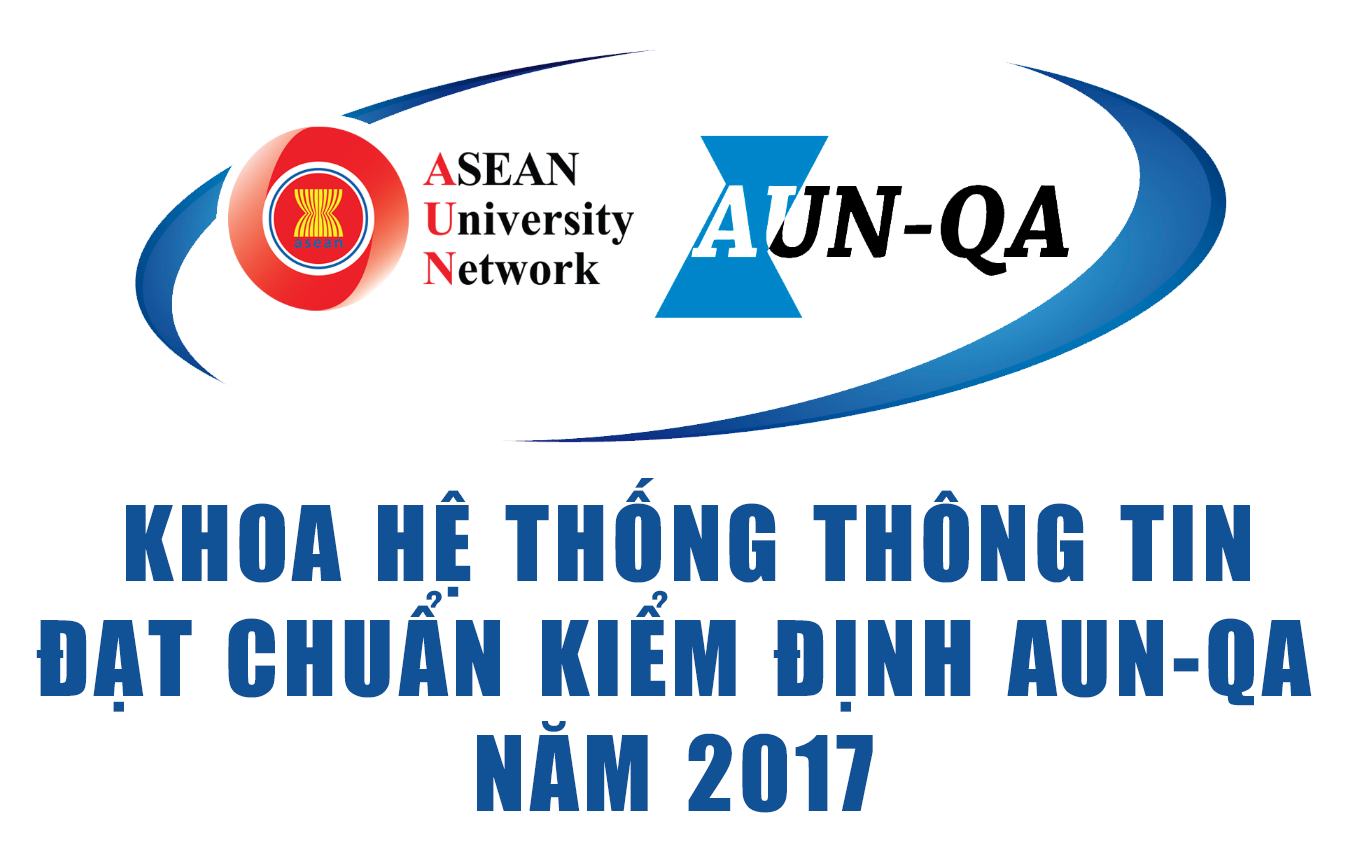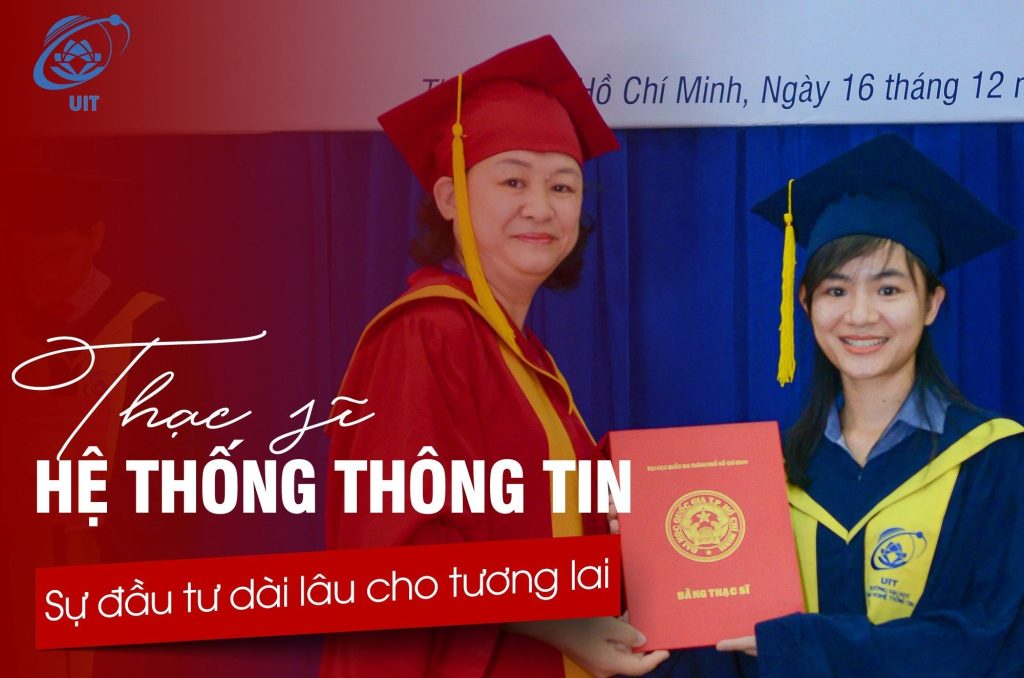Chúc mừng nhóm sinh viên, học viên cao học khoa HTTT có bài báo tại Tạp chí Tin học và Điều khiển JCC năm 2024
The Journal of Computer Science and Cybernetics là một tạp chí khoa học uy tín của Viện Hàn lâm Khoa học và Công nghệ Việt Nam, được thành lập nhằm công bố các nghiên cứu mới và ứng dụng trong các lĩnh vực khoa học máy tính và điều khiển học. Tạp chí này xuất bản các bài nghiên cứu có chất lượng cao, bao gồm các chủ đề liên quan đến trí tuệ nhân tạo, học máy, xử lý ngôn ngữ tự nhiên, mạng máy tính, lý thuyết điều khiển, hệ thống nhúng, cũng như các ứng dụng công nghệ thông tin trong nhiều ngành khác nhau. Tạp chí phát hành định kỳ các số báo bằng tiếng Anh, phục vụ cộng đồng nghiên cứu quốc tế và góp phần nâng cao năng lực nghiên cứu của Việt Nam trong lĩnh vực khoa học máy tính và điều khiển học.
Link tạp chí: https://vjs.ac.vn/index.php/jcc/index
Tên bài báo: “Analyzing and evaluating personality and human behavior based on facial index and big five model”
Nhóm sinh viên, học viên thực hiện:
- 20521985, Lê Anh Thư, HTCL2020
- 19520867, Đặng Minh Quân, HTTT2019
- 20521627, Đỗ Đặng Kiến Nam, HTCL2020
- 220104018, Nguyễn Minh Nhựt, HVCH HTTT
Giảng viên hướng dẫn: PGS. TS. Nguyễn Đình Thuân
Abstract: Numerous studies have shown that morphological and social indicators in a human face can provide information about a person’s personality and behavior. The Big Five model, also known as the Five-Factor, is the five basic dimensions of personality. These dimensions include openness, conscientiousness, extraversion, agreeableness and neuroticism. The Big Five model has been applied in a variety of different settings, including clinical psychology, organizational psychology, and even marketing research. By examining where an individual falls on each of these dimensions, researchers can gain insight into their unique personality traits and use this information to make predictions about their behavior and performance in different situations. In our existing iscv platform, a job searching website, we can help employers better understanding employee incentives by utilizing the personality traits information of candidates. Managers and CEOs can therefore discover a means to improve relationships and communication while also managing and building teams more effectively. We trained a machine learning model using a hybrid CNN-LSTM, ResNet, VGG19 algorithm for personality recognition through interview video. In each video, we analyze facial movement by using the 3D landmarks extracted with the 3DDFA-V2 algorithm. The model uses the UDIVA v0.5 dataset, collected in the scope of the research project entitled “Understanding Face-to-Face Dyadic Interactions through Social Signal Processing”. The experimental results conclude: (i) Analyzing facial movement by using the 3D landmarks extracted with the 3DDFA-V2 algorithm. (ii) Personality traits inferred from facial behaviors by most benchmarked deep learning model. (iii) Personality assessment model is trained from a combination of two data sets (one UDIVIA dataset and one self-survey dataset) to fit Asian personalities. (iv) The detailed Big Five personality tendency assessment table is based on the interview video and questionnaire of the surveyed people.


